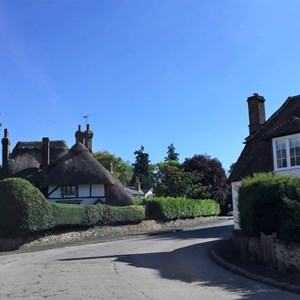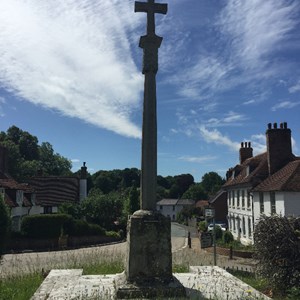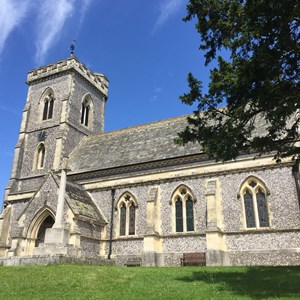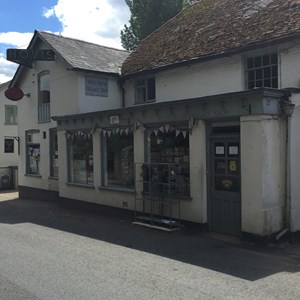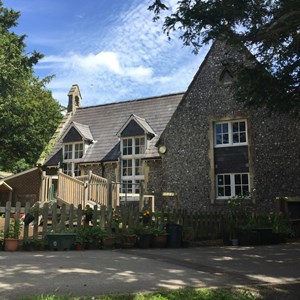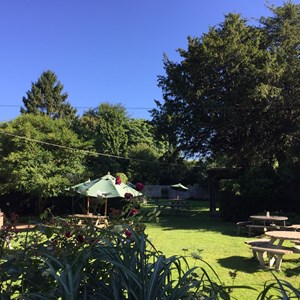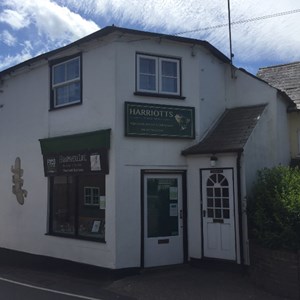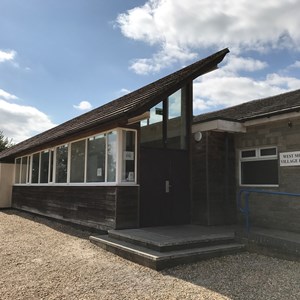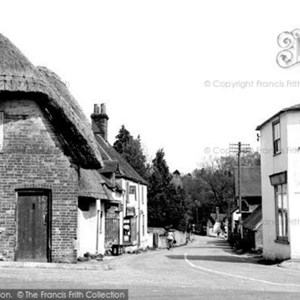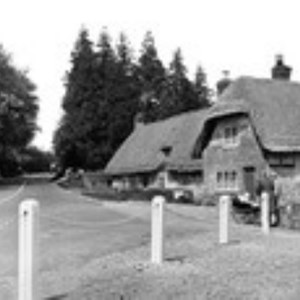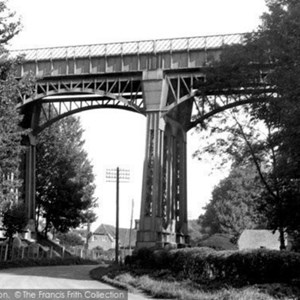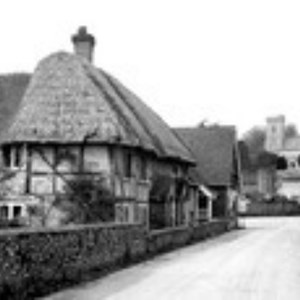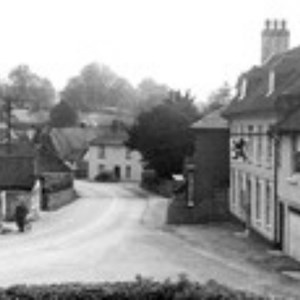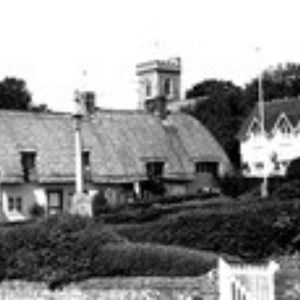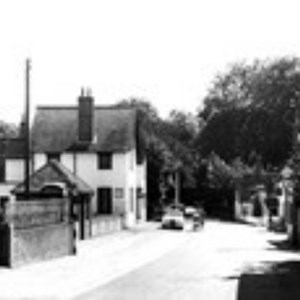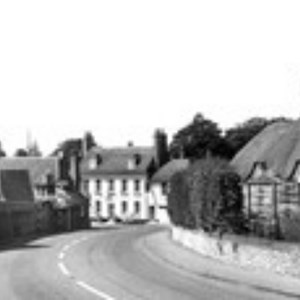Home
Early West Meon
In the 6th century the Jutes from Denmark settled along the Meon Valley. (As late as the 18th century the Meon Valley was called Jutedene, which meant Jute valley). The tribe who settled there were called the Meon wara (wara meant people or tribe). They gave the Meon River its name. They also gave the village of West Meon its name.
At the time of the Domesday Book (1086) West Meon was called Menes. It was quite a large village with a population of about 200. West Meon had a church and it also had 2 mills where grain was ground to flour for the villagers.
Skirmishes took place at West Meon during the Civil War prior to the battle of Cheriton Down on 29th March 1644. However little else happened at West Meon through the centuries. It was a quiet agricultural community.
In West Meon is a memorial to George Vining Rogers. He was born in 1777 and was the village doctor for over 40 years. He died in 1846 and the memorial was erected about 1901.
Modern West Meon
In 1801 West Meon had a population of 536. By the standards of the time it was a large village. Most Hampshire villages were considerably smaller. In 1851 the population of West Meon peaked at 901. However later it declined. By 1891 the population of West Meon had fallen to 824.
The famous economist James Edwin Thorold Rogers was born in West Meon in 1823.
In 1830 Thomas Lord (1755-1832), who founded Lord's Cricket Ground retired to West Meon. He died there on 13 January 1832 and was buried in the village. (Today a pub in West Meon is named after him).
The Church of St John the Evangelist was rebuilt after 1843 using flint and a Church of England school opened in West Meon in 1852.
In 1903 a railway opened from Alton to Fareham with a station at West Meon. However it closed in 1955. Then in 1906 a Roman villa was found in Lippen Wood.
In the First World War 30 men from the village of West Meon were killed. Another 9 died in the Second World War.
In 1939 West Meon was an overwhelmingly agricultural settlement with 80% of the workforce working in mixed farming. Then after 1945 many naval officers went to live in West Meon. Both private and council houses were built in the village. Knapps Yard was built on the site where flints were knapped for St John's Church.
In July 1979 there was a flood in West Meon. Muddy water flooded 8 council homes in Long Priors. When the water receded it left a residue of mud. There was also a 3 hour power cut in the village at that time.
Today West Meon has the Thomas Lord pub, a butcher’s shop and a village shop. Today the population of West Meon is about 750.
Our Village shop has produced a very helpful booklet which contains details of local amenities and can be downloaded by clicking the link below.
